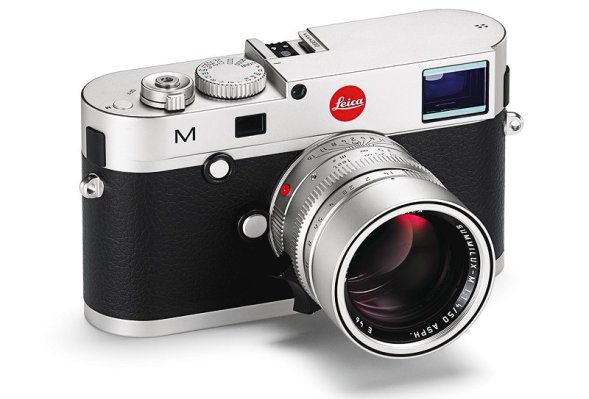Leica has long been a high-water mark in photography, and its digital offerings are no exception. Today, the company took the covers off of four new models in its lineup, owing to Photokina getting underway tomorrow. The D-LUX 6, V-LUX 4, M, M-E and S are all going to be on display at the show, and each boasts not only Leica’s signature killer looks, but also enhanced internals to match.
What you might notice if you’re a fan of Leica’s line is that the naming on the M and S-series shooters seem out of step with past versions, since they don’t include a number to indicate their relative place in the overall line. That’s because Leica’s taken a page out of Apple’s iPad naming conventions book, dropping the sequence and merely iterating on the hardware itself. The new M is a successor to the M9 rangefinder, and the S succeeds the S2. The D-LUX 6 and V-LUX 4 both replace earlier numbered versions of the same, of course.
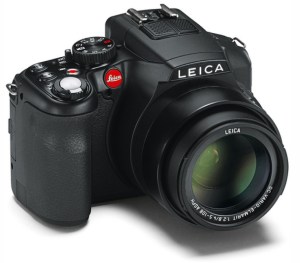 Starting with the most affordable of these new cameras, the V-LUX 4 offers a 12.1MP 1/2.3-inch CMOS sensor, with a built-in 4.5-100mm f/2.8 zoom lens, ISO sensitivity ranging from 100 to 6400, and a burst rate of 12 fps at maximum resolution. It supports SDXC media, and captures video at up to 1080p with a cap of 29 minutes per clip. The sensor is new on the camera, as is the one stop higher maximum ISO and it basically stands as Leica’s answer to an entry-level DSLR, albeit with a fixed lens. The V-LUX 4 retails for $899 and will be available in November 2012.
Starting with the most affordable of these new cameras, the V-LUX 4 offers a 12.1MP 1/2.3-inch CMOS sensor, with a built-in 4.5-100mm f/2.8 zoom lens, ISO sensitivity ranging from 100 to 6400, and a burst rate of 12 fps at maximum resolution. It supports SDXC media, and captures video at up to 1080p with a cap of 29 minutes per clip. The sensor is new on the camera, as is the one stop higher maximum ISO and it basically stands as Leica’s answer to an entry-level DSLR, albeit with a fixed lens. The V-LUX 4 retails for $899 and will be available in November 2012.
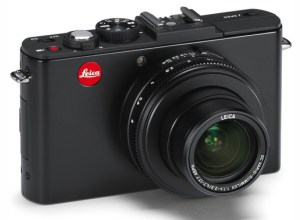 The D-LUX 6 brings a new f/1.4 -2.3 4.7 to 17.7mm zoom to the compact camera, along with a 1/1.7-inch CMOS sensor and ISO sensitivity ranging from 80 to 12,800. It handles video recording at 1920×1080 at 60 frames per second, and has a 1.4MP resolution electronic viewfinder. The much faster lens and full HD video recording should be welcome improvements over the original. The D-LUX 6 will be available for $799 as of November.
The D-LUX 6 brings a new f/1.4 -2.3 4.7 to 17.7mm zoom to the compact camera, along with a 1/1.7-inch CMOS sensor and ISO sensitivity ranging from 80 to 12,800. It handles video recording at 1920×1080 at 60 frames per second, and has a 1.4MP resolution electronic viewfinder. The much faster lens and full HD video recording should be welcome improvements over the original. The D-LUX 6 will be available for $799 as of November.
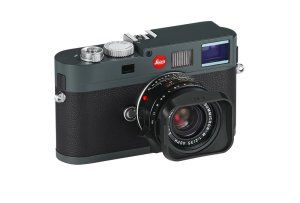 Next up, there’s the M-E, a paired down version of the current M9 that should appeal to budget shoppers (relatively speaking – it still retails for $5,450 body only). The M-E operates an entry-level device for the Leica rangefinder line, providing an 18MP CCD sensor, with high light sensitivity and an emphasis on photography essentials, including straight up manual focus. The M-E overall is an interesting statement, and one that will probably appeal to a lot of core photographers looking to hone their art without the frivolities that things like scene modes and video shooting have brought to most digital photography. It’s available now from authorized Leica dealers.
Next up, there’s the M-E, a paired down version of the current M9 that should appeal to budget shoppers (relatively speaking – it still retails for $5,450 body only). The M-E operates an entry-level device for the Leica rangefinder line, providing an 18MP CCD sensor, with high light sensitivity and an emphasis on photography essentials, including straight up manual focus. The M-E overall is an interesting statement, and one that will probably appeal to a lot of core photographers looking to hone their art without the frivolities that things like scene modes and video shooting have brought to most digital photography. It’s available now from authorized Leica dealers.
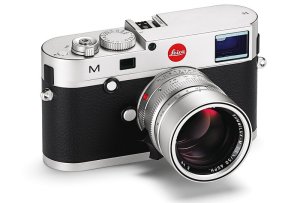 By contrast, the new Leica M offers the frills, including a 24MP full 35mm sensor, which blends elements advantageous to CCD sensors like good color rendering with a CMOS design. 1080p video capability is also present on this monster, along with a 3-inch display protected by Corning’s fabled Gorilla Glass, all protected by a weather-sealed magnesium alloy body. The M’s frills will cost $6,950 for the body when it arrives in early 2013.
By contrast, the new Leica M offers the frills, including a 24MP full 35mm sensor, which blends elements advantageous to CCD sensors like good color rendering with a CMOS design. 1080p video capability is also present on this monster, along with a 3-inch display protected by Corning’s fabled Gorilla Glass, all protected by a weather-sealed magnesium alloy body. The M’s frills will cost $6,950 for the body when it arrives in early 2013.
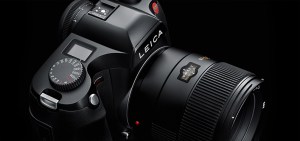 Last but not least there’s the new Leica S, priced the same as many decently equipped small cars at $21,960 for body and available as of December. It pushes the envelope for medium format digital photography, thanks to a new image sensor and board that offers impressive buffer performance for continuous shooting (up to 32 consecutive, full resolution 37.5MP images at 1.5fps) as well as a new predictive autofocus system for better capturing moving subjects. The S also offers integrated GPS and a ton of other features that are no doubt worth dropping 20 grand on, if you’re into that sort of thing.
Last but not least there’s the new Leica S, priced the same as many decently equipped small cars at $21,960 for body and available as of December. It pushes the envelope for medium format digital photography, thanks to a new image sensor and board that offers impressive buffer performance for continuous shooting (up to 32 consecutive, full resolution 37.5MP images at 1.5fps) as well as a new predictive autofocus system for better capturing moving subjects. The S also offers integrated GPS and a ton of other features that are no doubt worth dropping 20 grand on, if you’re into that sort of thing.
Alongside this refreshed camera lineup, Leica also dropped new S-series lenses, including a 24 mm f/3.5 prime ($7,450.00), a 30-90mm f/3.5-5.6 general purpose zoom ($9,950) and a 120mm f/5.6 tilt/shift lens ($6,950). So maybe like me you’ll just be looking at all this new gear and drooling rather than pulling out your credit card, but that’s some damn good dreaming material for amateur photographers.
